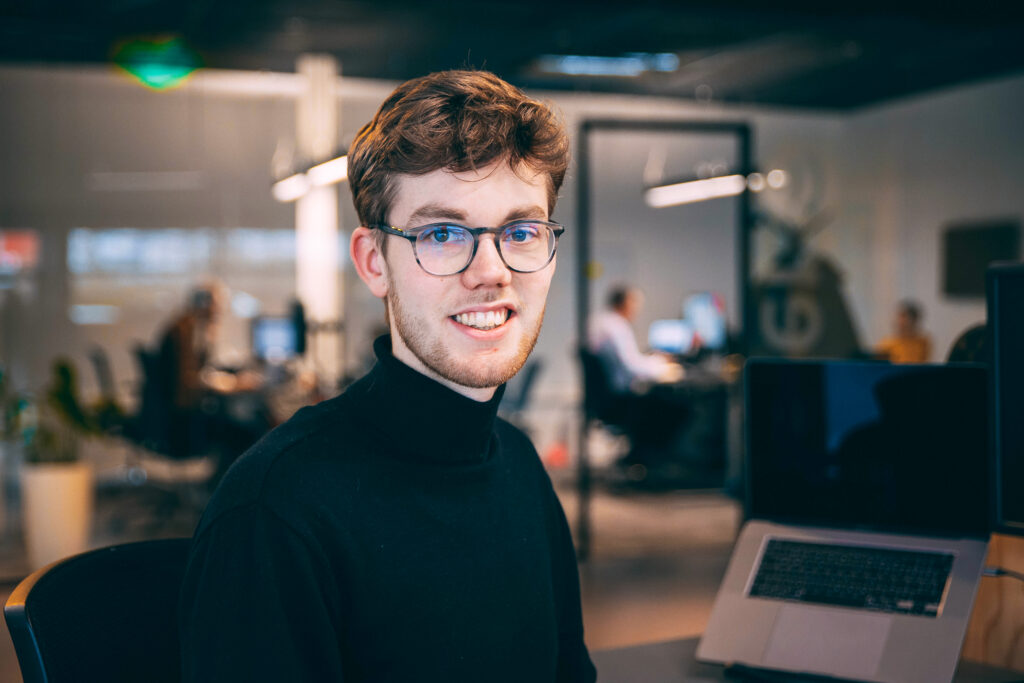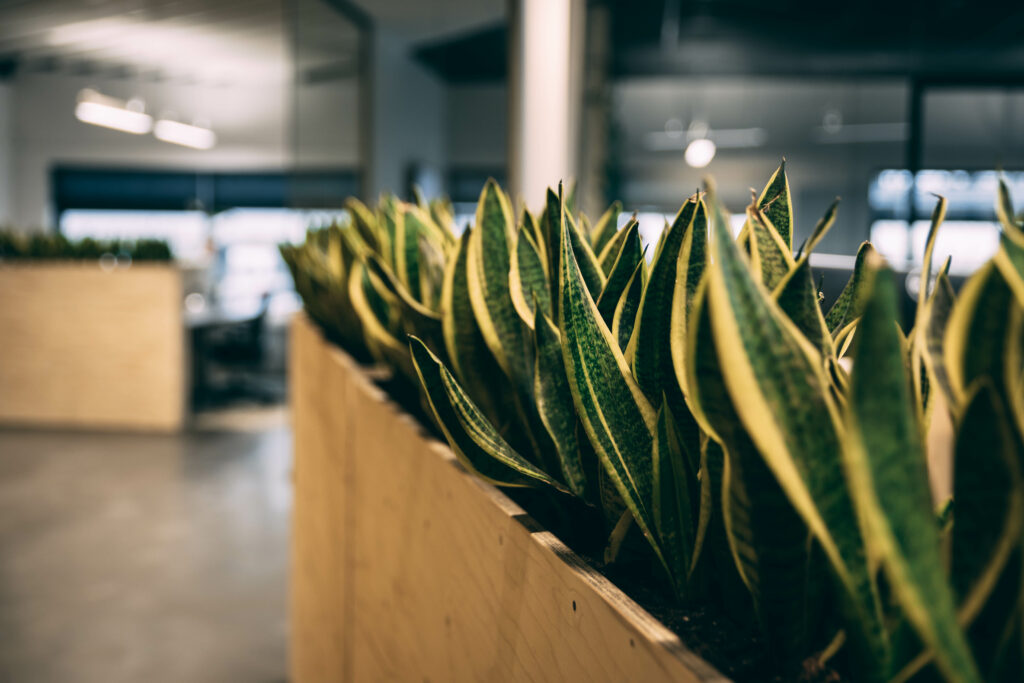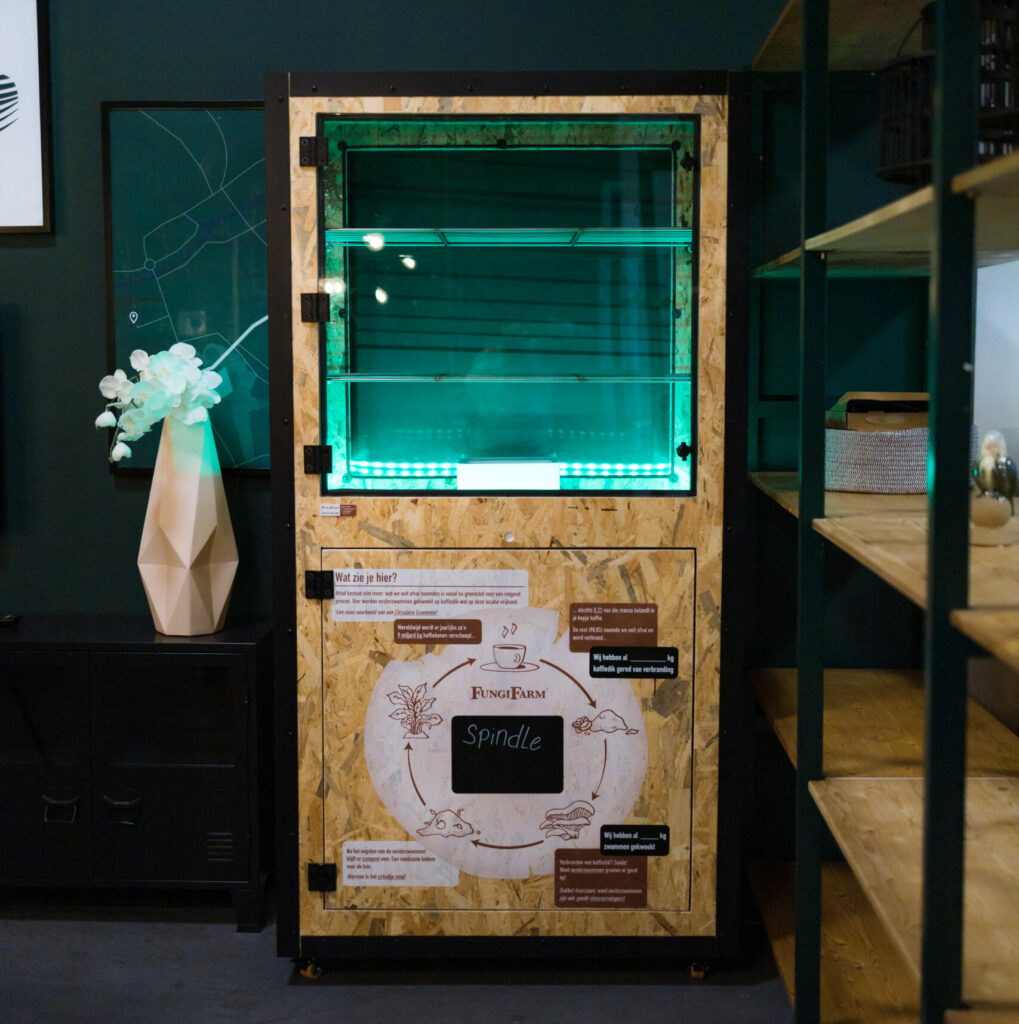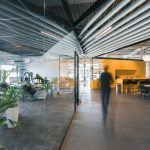How can we as a company reduce our impact on the planet?
Written by Jeroen Brattinga on 30th August 2021
As a business, how can we reduce our negative impact on the planet? Finding ways to answer this question and acting on those solutions has been my mission at Devhouse Spindle and our sister company Voys for the last year and a half. As our organization’s Captain Planet, I researched ways to make our organization more sustainable and enact the plans that I create. In this article I’ll tell you what we have accomplished during my time as Captain Planet.
My background before joining Spindle
First let me tell you something about myself. I’m Jeroen Brattinga, 24 years old and until recently I lived in Groningen. Being hired as the first Captain Planet at Spindle wasn’t my first adventure. I studied electrical engineering and was founder and team member of the Top Dutch Solar Racing team. Together with 26 students, I built a solar car and competed in the World Solar Challenge in Australia. I also have other passions: I love to create music and play the drums.

Carbon emissions of our office and car fleet
1,5 years ago I started my mission by doing research about how our daily business activities have an impact on the planet. To do this, I dove into all the physical and digital corners of our company to map what we do and what caused carbon emissions. I looked at the energy consumption of our office, commuting, our car fleet, and our digital footprint. I also had a CO2 performance ladder done to see where we’re at.
Once my research was done, the challenge was clear, and that meant it was time for action! While carbon emissions are not the only negative impact we cause as a business, they are a starting point on our path towards sustainability, and thus where I first focused my attention. The data I collected during my research showed that the biggest factor in our carbon emissions was the emissions of our offices and our car fleet, so I tried to reduce or compensate for those emissions.
Heading towards an eco-friendly office
Let’s start off with one of the biggest challenges: our offices. Spindle and Voys moved offices a few years ago to an already-existing building where both companies rent office space. Being a renter makes it harder to make your own decisions when it comes to sustainability. It also creates a few obstacles. In my role as Captain Planet, I would like to have solar panels on the roof, but I am dependent on the owner of the building to give us permission. Another obstacle is that we also can’t choose the energy provider that we use.
Since both of these obstacles are not things we can change right away, we decided to also find alternative ways to offset our carbon emissions. Amongst other things we bought energy certificates at Energie VanOns. With these certificates we stimulate renewable energy in the region. Yes, we spend more money on energy now, but at least we’re doing something to compensate for our emissions.
One thing we have learned from this is: keep the sustainability of the building you are going to move into in mind. What is the owner already doing in terms of environmental friendliness? How much input can you as a renter have? While we are working together with our landlord to make positive changes, it takes agreement from both sides. If you are thinking of building an eco-friendly office, it is worth it to look into buying a space where you can make these kinds of decisions by yourself.
The impact of cars on our sustainability
The other big emitter is our car fleet. Currently, we have thirteen cars, seven of which are electric. We would like to move towards having a fossil-free fleet. One way to get there is to simply replace all our cars with electric ones. But before we decide to do that, now is a great opportunity to take a critical look at the fleet and what we use these cars for. Asking ourselves questions such as if it is necessary to have this many cars, or if we can downsize the fleet rather than replacing it are good ways to make sure we are making smart decisions.
With the pandemic, our way of working changed a bit. Sales talks used to be on location, but that switched to online. Because of this, overall I can see a drop in driven kilometers. But our colleagues who work in the field doing all the technical work still need to be at the actual companies to get them connected. Hence, we do need some cars. And of course, we need to take in consideration that if the companies keep growing, we might possibly need more cars. As Captain Planet, my job is to stimulate each colleague to ask themselves the question: do you really need to go by car? Our biggest reduction in carbon emissions has to do with our cars and the amount of kilometers we drive, so I keep everybody focused on thinking critically about car usage.
Planting trees: compensation and stimulating biodiversity
While working to reduce our carbon emissions from the office and car fleet, we decided to do something else to help in the meantime: we planted a forest. At the village Lutjegast, east of Groningen, we planted 1500 trees. Read more about the project here (in Dutch). These trees don’t directly compensate for our total emissions, but they are a step towards compensating for our carbon footprint and also stimulating biodiversity in the region.

Raise awareness within the company
Reducing the carbon footprint of our offices and fleet is my biggest challenge as Captain Planet. Besides the energy certificates, planting trees and raising awareness about car usage, I worked on other projects as well. They are focused on how to change our mindset, so including our impact on the planet in our decisions and actions becomes the new norm.
Discussing sustainability through climate conversations
One way to raise awareness was to get people to start talking about sustainability. To do this, I organized multiple climate conversations together with Klimaatgesprekken for a pilot group of colleagues. These talks were about awareness and giving the group tools to be and act more sustainably. The sessions weren’t about telling colleagues what they should do, but rather starting a discussion about what they thought the best way forward was. This is a great first step towards a more sustainable mindset, and I can highly recommend to host or participate in something like this if possible with your company.
Growing mushrooms to become more circular
Next to the climate conversations, I wanted to give colleagues examples of how they could become more circular and produce less waste, both at home and at the office. To do this, I set up a Fungifarm in our office. In this greenhouse, we grow oyster mushrooms on top of our own used coffee grounds. Our waste becomes raw material and the mushrooms we eat for lunch. With the Fungifarm I wanted to raise more awareness when it comes to waste and reuse. I love the visual aspect, because you can actually see the oyster mushrooms growing.

52 weeks of being sustainable
To keep sustainability at the top of everyone’s minds, I also give weekly tips to my colleagues in a Slack channel dedicated to sustainability. I make use of the tips from 52wekenduurzaam (52 weeks of being sustainable). There is no need to reinvent the wheel since there’s already a lot of ideas out there, which makes it easy to share information. I did notice that it’s hard to keep everybody focussed. Living and acting more sustainably takes time and effort, so it is easier said than done.
Continuing the journey towards sustainability
As I mentioned before, reducing the carbon emissions of our company is only a starting point. Being a sustainable company is something that takes constant work and thought. To really accomplish this, sometimes unusual choices need to be made, and there needs to be someone there advocating for those unusual choices.
The questions we are facing right now are questions such as: How many cars is a realistic number for us to have? Do we want to have more independence when it comes to decisions regarding office sustainability? What solutions are within our own reach right now and how much do we want to pay for them?
We are not alone on this sustainability journey. It is great to hear questions and solutions like ours when talking with people from other companies. What is your company doing to reduce its footprint? Do you have any tips to share? Let us know in the comments!




Your thoughts
No comments so far